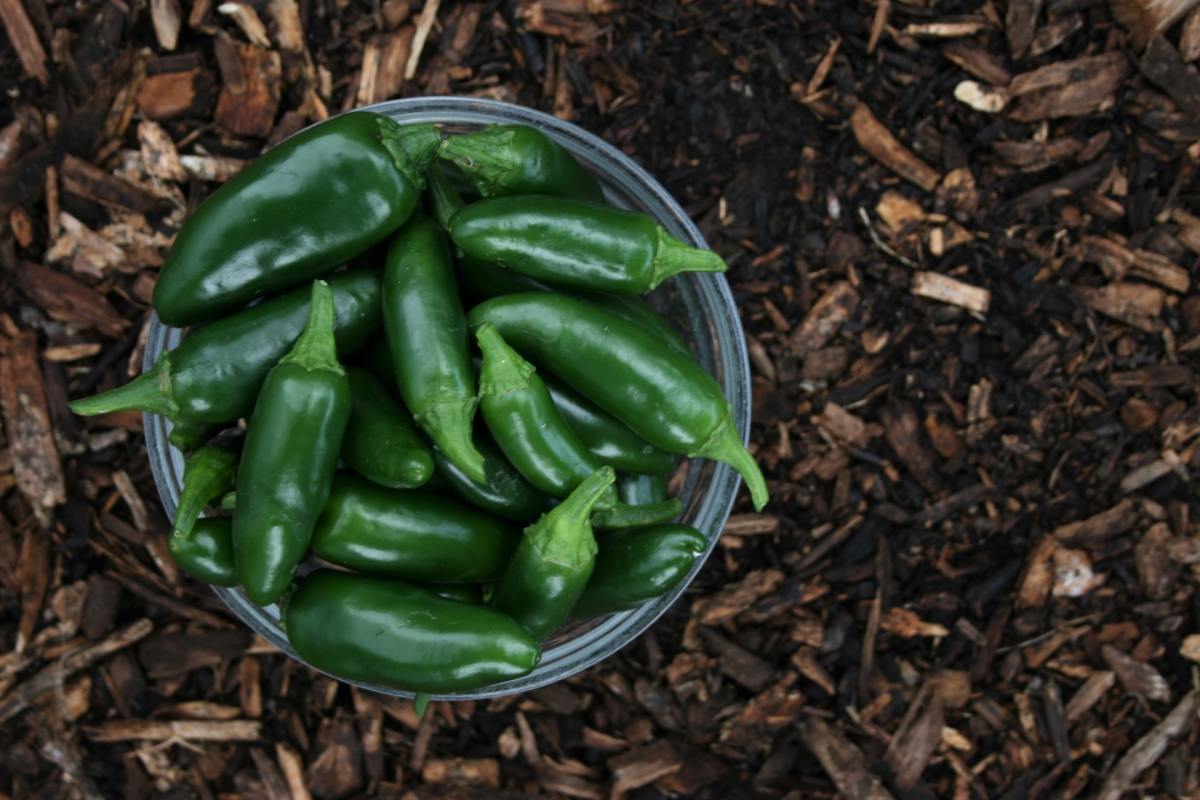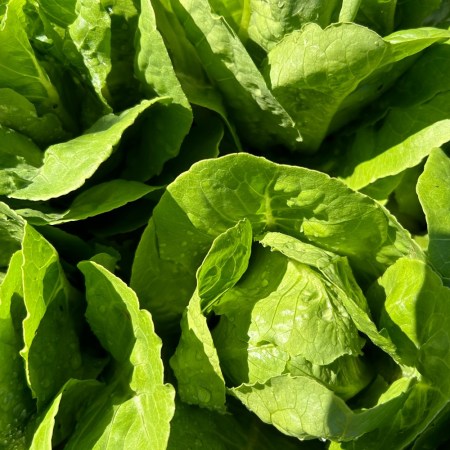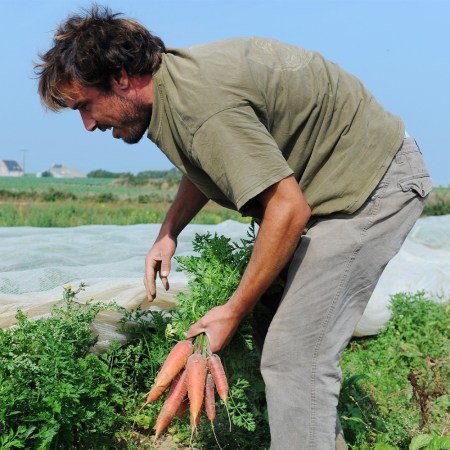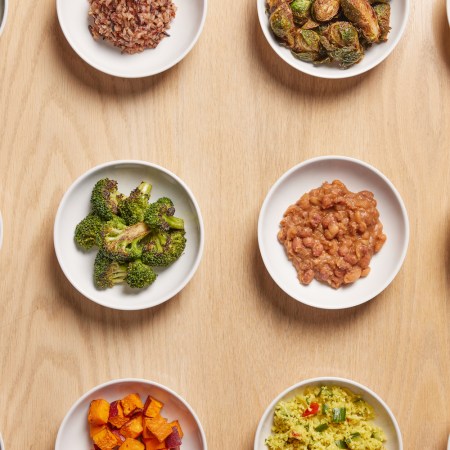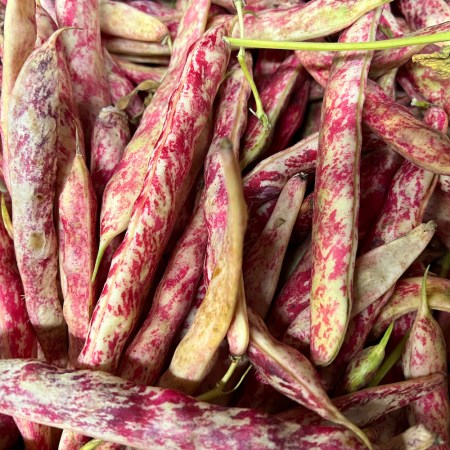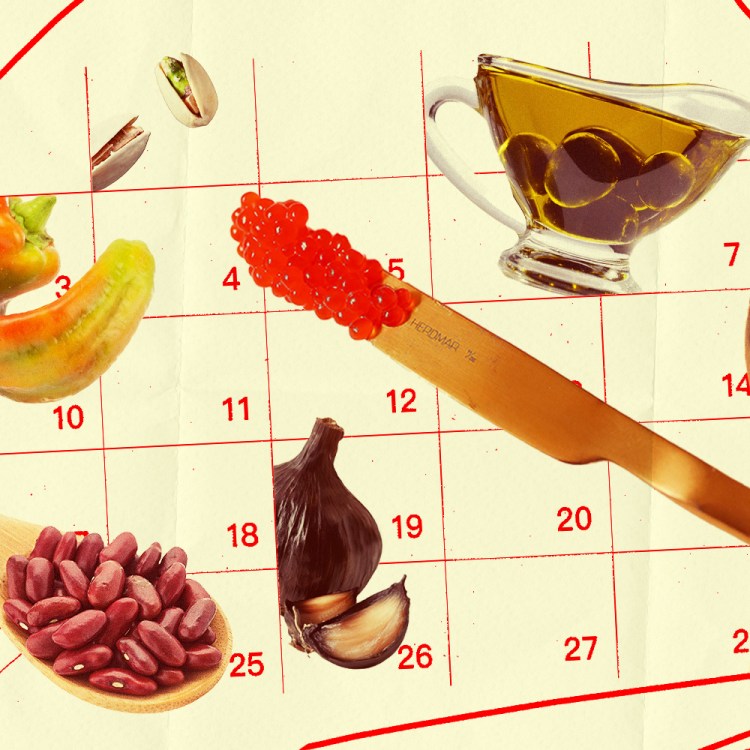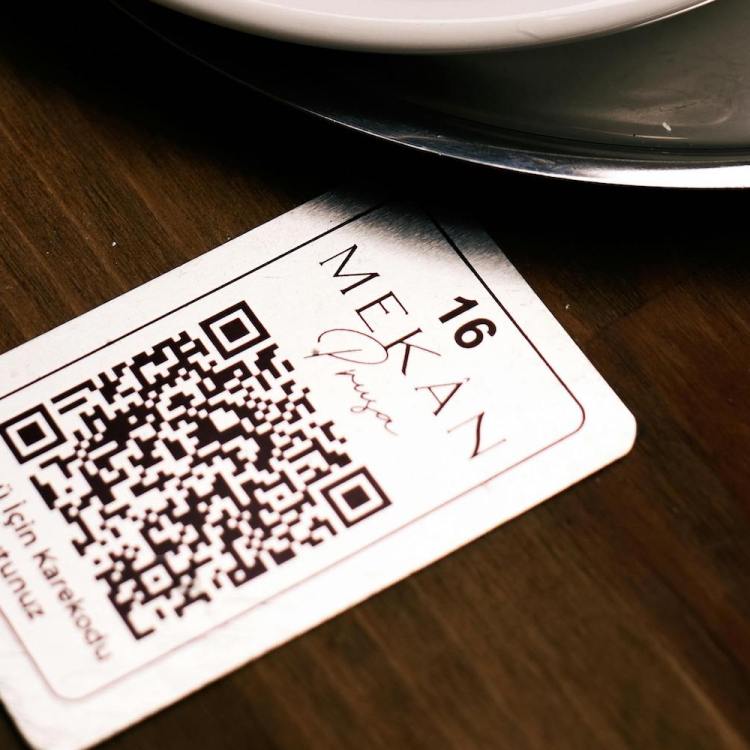Whether you’re dining out at a restaurant or cooking a meal at home, pickled jalapeños can be an essential addition to a variety of dishes. They show up in recipes that include — but are in no way limited to— burgers and venison; they’ve also been worked into the menu of a limited-edition Shake Shack meal. Writing at Bon Appetit, Ali Francis observed that “[w]hen jalapeños hang out in brine for a while, they grow plump with salty vinegar, aromatic with herbs and spices, and a little less spicy.”
It’s not hard to see the appeal there. But pickled jalapeños weren’t always as ubiquitous as they are now. What helped bring them worldwide reknown?
A new Los Angeles Times article by Alan Chazaro provides insight into condiment history. The region around the town of Xalapa — the capital of Veracruz, located due east of Mexico City — is, apparently, where the jalapeño has both figurative and literal roots. Chazaro points out that the town’s name was previously spelled Jalapa — pointing to the connection between region and pepper in the latter’s name.
The article spotlights the work of Narciso Jimenez Guerra, who began packaging peppers in the first half of the 20th century, and patented a method of pickling jalapeños in 1921. The scale of the pickling and canning increased from there — though Chazaro notes that larger companies eventually took over the market.
It’s a fascinating look into food history — and if you can read it without craving something with pickled jalapeños on it, I admire your willpower.
Every Thursday, our resident experts see to it that you’re up to date on the latest from the world of drinks. Trend reports, bottle reviews, cocktail recipes and more. Sign up for THE SPILL now.
